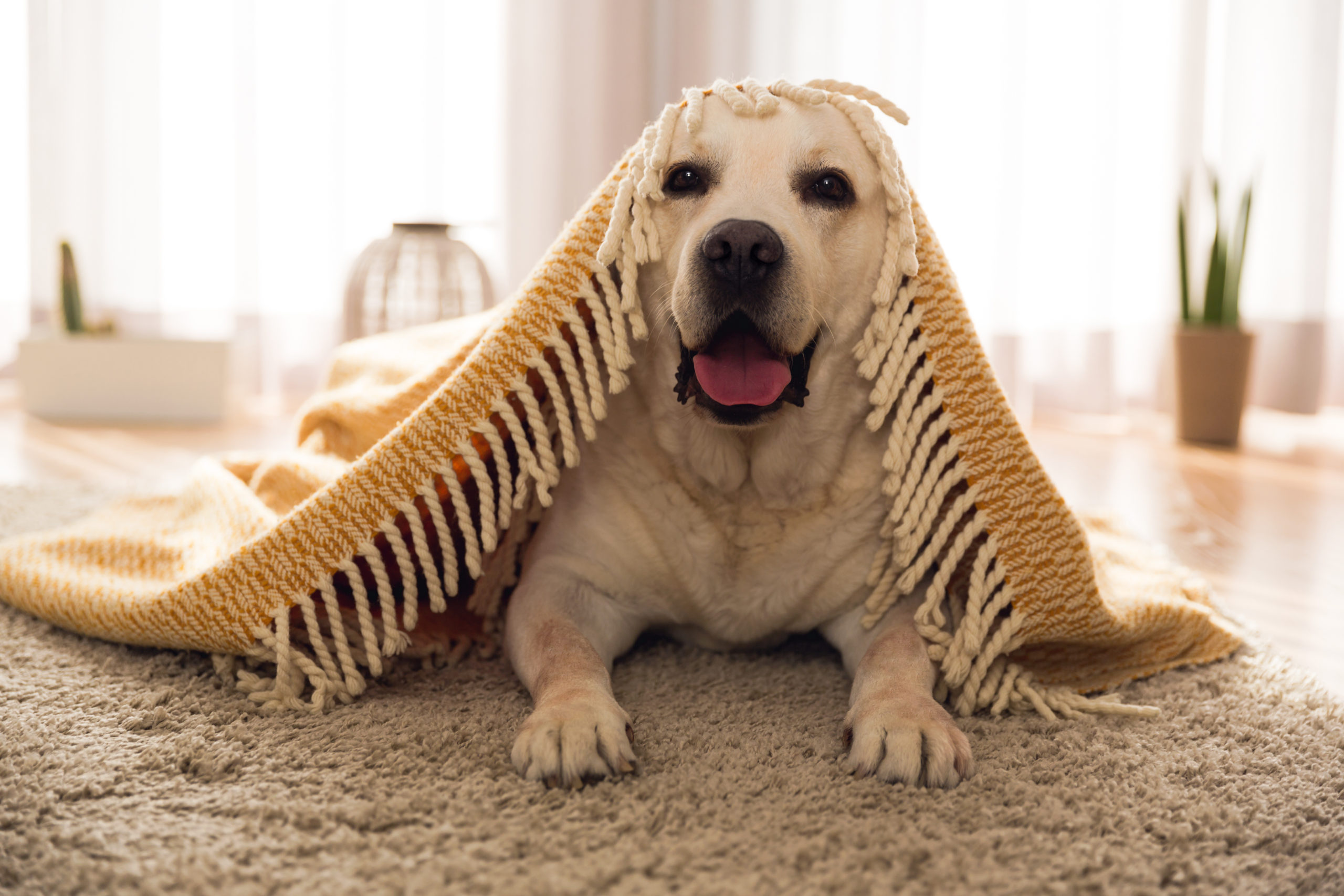Pet Owners: Home Shopping & Moving

A 2021 survey by Realtor.com found that 95% of pet owners weighed the needs of their pets as important factors when shopping for a home. This might be a no-brainer when it comes to dogs and cats, but when you consider that 89% of bird owners, 85% of fish owners, and 79% of rodent owners said they would consider their animals before purchasing a property, you start to realize just how important pets are to the home buying process.
For most pet owners, they are part of the family, although they often need very different accommodations than the rest of the family. Below we’ll discuss some common needs pet owners should keep in mind while home shopping, as well as steps you can make to pet proof your new home.
Home Shopping with Pets
- HOA Restrictions
It may surprise you to learn that many Homeowners Associations (HOAs) can have strict guidelines when it comes to owning pets. These can include reasonable safeguards against things like keeping dogs on a leash, preventing excessive noise from barking, or cleaning up after your pets, but it can also include limits on the number of pets a home may have. Some HOAs may even ban outdoor pets altogether.
It’s also possible that a HOA may require that all homeowners register their pet with the association. This allows them to easily enforce other rules, or easily identify an animal that has gotten loose. It’s also common for a HOA to include language about liability, to make it clear that pet owners are liable for the actions of their animals.
- Dog or Cat Friendly Floorplans
Many pet owners will also want to consider if a home is ideal for their dog or cat. One common consideration is dark wood floors to hide scratches from claws. Or if their pets tend to have occasional accidents or digestive problems, they may want to avoid carpeting that they’d have to rip up later. For older animals with achy joints, having less stairs to climb may be ideal.
Or some pet owners may just want plenty of space for their furry friend to run free. A backyard that’s already fenced in is ideal for most dog owners. Or an open floor plan with plenty of room to run around and play could be a necessity. In the aforementioned survey, 22% of pet owners looked for homes with ample indoor square footage simply for their pets to have plenty of room.
Pet Proof Your New Home
- Define Areas & Boundaries
Your pets will need some time to adjust to their new surroundings, especially if they’ve lived their whole lives in another home. To make this adjustment period easier on them, try to define their designated areas immediately. The earlier you can show them where to eat, where to sleep, and where to use the bathroom, the easier it will be for them to get in the habit. For cats, make sure you have enough litter boxes for your cats, and make sure they’re easy to reach. If possible, avoid noisy areas (such as next to washing machines and dryers), as it can make the cat anxious when using the litter box.
Additionally, if there are areas they should not go, make sure to define those spaces up front by closing off doors, or telling them “no” firmly when they attempt to go there. Of course, if you’re a cat owner… good luck keeping their curiosity at bay for long.
- Protect the Furniture
Cats love to scratch. This isn’t a bad habit that you’ll be able to break; cats have a biological need to sharpen their claws and molt layers of keratin by scratching rough surfaces. It’s also a great form of exercise. Unfortunately for homeowners, your cats will likely see your furniture as the perfect place to practice their scratching exercises.
The easiest way to circumvent damage to your furniture is by providing plenty of scratching alternatives in the form of scratching posts. There may be some guess-and-check work needed here; some cats will prefer an upright scratch posts, while others may prefer a horizontal pad (your best bet is to purchase both and see which they use more). If this doesn’t solve the problem, there are pheromone sprays and wipes you can try, as well as clear pet-scratch guards that can be installed on the furniture.
- Have the Right Cleaners Handy
If you’ve ever tried to clean up dog or cat urine by normal means, you’ve probably experienced first hand how resilient the odor can be. Additionally, that persistent smell can confuse your pet and make them think it’s okay to continue going in that spot. To get rid of those persistent smells, make sure you have plenty of enzymatic cleaners on hand. Enzymatic cleaners contain certain types of bacteria that feed on the organic material in pet waste, and are far more effective at removing those stains and odors.




